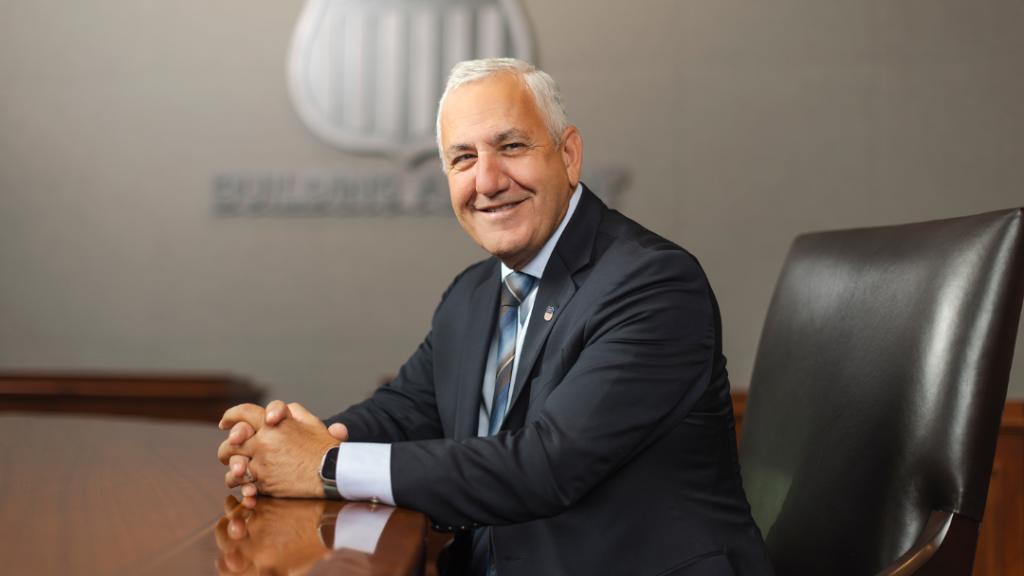
Trains spoke with Union Pacific CEO Jim Vena today after the railroad’s third-quarter earnings call. Vena, who served as UP’s chief operating officer in 2019 and 2020, rejoined the railroad as its chief executive on Aug. 14. Vena has pledged to make Union Pacific the safest railroad in North America and to grow volume faster than the overall economy through a combination of what he calls service and operational excellence. This Q&A has been edited for clarity and brevity.
Q. Union Pacific is an enigma. Investor presentations typically start by pointing out that UP has the best rail network in North America. Yet for the past decade UP has lagged all of the other Class I railroads in volume growth. How do you turn this around? How can UP fully exploit its network, regain market share from BNSF Railway, and more importantly convert freight off the highway?
A. We do have a great network. No ifs, ands, or buts. BNSF has a great network, too. And I think we’re as good as anybody in the industry, so we need to make sure we take advantage of this network. We have access into Mexico like nobody else. And we have 26% ownership of the FXE railroad, which expands our reach differently than any other railroad. And the rest of them have good networks. CN, where I worked for 40 years, has a nice linear network, very good network, long haul –– not quite as long as ours –– but really good. And CPKC, I give them a lot of credit. CEO Keith Creel has done a good job, and they’ve built a great railroad. And so we’ve got strong competitors from the railroad side. But we have to work together better to be able to grow our business. That’s a piece that we’re going to work on. We have to provide service. And the service is what we sold the customer. Sometimes looking at trip plan compliance numbers, that’s really not what we sold them. That’s an amalgamation of a lot of things because we sell different customers different services. A parcel company expects a different level of service than some of the other intermodal business. Some of them just want consistency. And the bulk customers are different.
We’d have to put out 2,000 measures of individual customers to tell you what we sold the customer. The only way we win is to provide the service and be consistent. Every customer knows we’re going to have ups and downs because of the weather, and they understand that. But how fast we recover is really important. And we have to be a lot more nimble. We have to be able to react to grow the business with our customers. And if we do that by having the right employees, good effective cost control, good asset utilization, and having a buffer of plant capacity, a buffer of people, and a buffer of assets so that we’re ready for the ups and downs, I think we’ll turn the story around for UP. I didn’t come back to work because I thought we couldn’t do it. I came back to work at my age because I see the railroad and what we’re capable of. The coal business has been going down and that’s been affecting UP for a long time. I don’t use that as an excuse. The question is how can we replace it with new business?
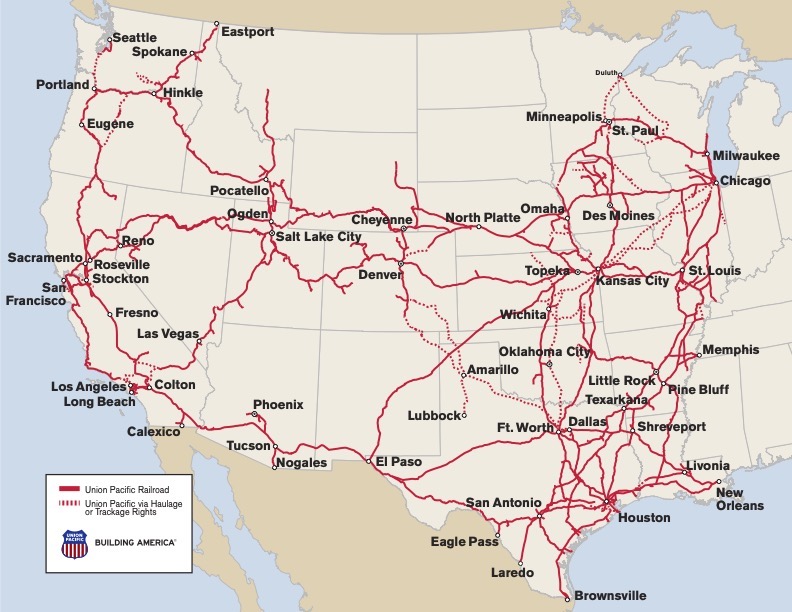
Q. It’s amazing how much upheaval there was in the industry during the couple of years after you left UP. There were widespread crew shortages that led to service problems, customer complaints, and regulatory scrutiny. There was labor unrest. The Norfolk Southern derailment at East Palestine, Ohio, put a spotlight on safety. A few weeks after Joe Hinrichs became CEO at CSX last year, he told his team that “At best we have strained relations with every single key stakeholder except investors. And most of our key stakeholders hate us.” You could probably say that about all of the big U.S. railroads at the time. How do you see UP’s relationships with key stakeholders currently, what needs to be done to improve those relationships, and how will you balance the needs of all stakeholders?
A. I take a little bit of affront that everybody hates the railroads. Every round of negotiations has been contentious. I’ve been at the table when I was at CN: I was the final person that decided whether we had a strike, or whether we had a deal, and what was in the contracts. They are always tough. There’s never been a contract negotiation that we’ve had with the major unions that I’ve ever been involved with in my 40-plus years of railroading that’s not been contentious and tough. That’s part of it. All the railroads missed the big bounceback in the business during the pandemic. And they thought that all the people they had furloughed were going to come back. UP had over 1,200 running trade people furloughed, they just didn’t come back, and they had a hard time hiring. Was that a mistake? I don’t blame anyone but the railroads. We all should have reacted differently, and I think we’ve learned a lesson. What we carry for a buffer is going to be different just because of that. We have a lot of customers that are very happy, and I’ve spoken to a lot of customers since I came back. We have good relationships with a lot of customers but we need to provide them the service we sold them and they have to understand that we’re going to do everything we can to be there for them.
As far as the regulators, we have the same goals. We’re aligned with the Federal Railroad Administration on safety. Anytime the FRA comes out to look at our railroad — and I’ve said this forever, whether it was the Transportation Safety Board in Canada or the FRA when I worked in the U.S. — we’re aligned at the hip. They should check us out. They should tell us how we’re doing. They should measure us. They should give us feedback and we learn how to get better as a railroad. We all need to be safer — all of us. I’ve seen accidents: The Hinton, Alberta, accident back in 1986 on Feb. 8. I’ll never forget it. Those things are catastrophic, affecting people that you know and love. [The Hinton collision between a CN freight train and VIA Rail’s Super Continental killed 23 people.] We have an industry where we can’t make mistakes. We all have to get better. Relationships are important with the Surface Transportation Board and the FRA. I reached out to both the first day I was on the job, because I think it’s important that we communicate. We have the same goal: Great service, our customers win. We know that they’re competing with customers from all over the world, and we have to give them the opportunity to win.
Q. On this morning’s earnings call you mentioned the need to keep a buffer of resources as business levels fluctuate and to handle the impact of weather on operations. NS, CSX, and CN say they won’t furlough train crews during traffic downturns so they’re ready to capture the eventual rebound in traffic and so that they can provide consistent and reliable service over the long term. How will UP approach train crew employment levels during downturns?
A. I am not going to comment on how someone else runs their railroad. They run their railroad the way they want. This is the way we’re going to run our railroad: Furloughing somebody is always the last thing you want to do. There’s a whole process before we get there. So if you’ve hired people, had the expense of bringing people on and training them, the last thing you want to do is furlough them. If we have excess in places, and the excess is for a short period of time, then you carry them. We always have and always will. You always see if there’s an opportunity for them to work in a different part of the company if there’s true excess. I operate a railroad like a business should be operated. If you truly get to a point and you’re excess and it’s for a long time and you still have a buffer left and you have that expense, you have to furlough. I would never claim that if the business dropped because we had a recession nobody would furlough people. I find that hard to believe.
Q. Mexico is a growth opportunity, and UP is facing increased competition from CPKC and its ability to provide single line service to and from Mexico. If the opportunity came up, would UP be interested in taking a majority stake in Ferromex or buying the railroad outright — or does what you have now work?
A. Railroads always look for opportunities. At this point we have a great investment in Ferromex, a 26% stake. We have great access into Mexico, from the West Coast all the way across, so we’re very comfortable with how we get into Mexico and out of Mexico. So at this point we think we have the railroad and the access that gives us an advantage in the markets we serve. I am very comfortable that we are ready to compete. We’re always competing against somebody else for the products that we move. It’s nice to see CPKC. I give Keith and the whole team a lot of credit. They’ve built a good railroad and we’re going to compete hard against them.
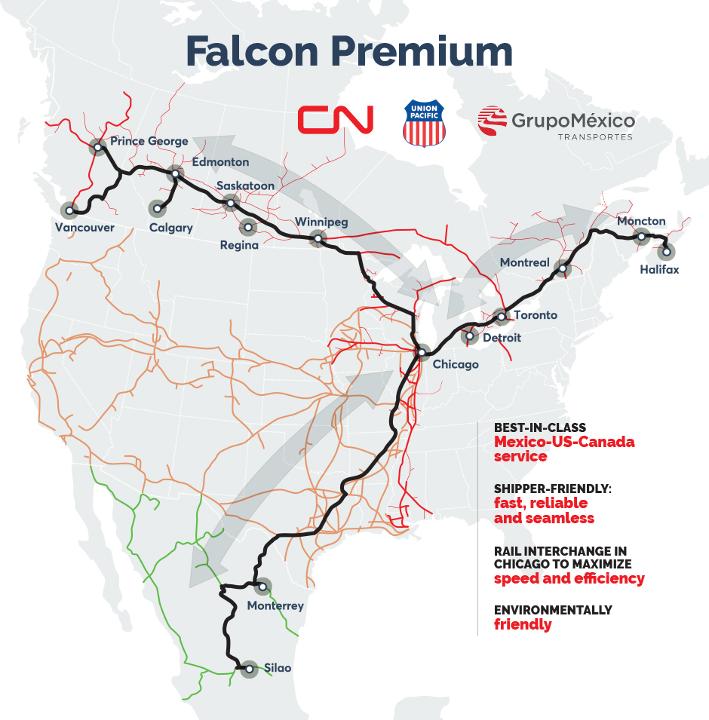
Q. One of the first things you did as CEO was take a day out of the schedule for the new Falcon Premium intermodal service run in conjunction with CN and Ferromex. Tell me about that and whether you see similar opportunities that would either make UP more competitive with other railroads or over the road trucks.
A. What nobody has ever talked about is at UP is we’re a 70-mph railroad. Not very many are. BN is and we are. And that’s an advantage. We maintain our railroad at 70 mph for freight, unless it’s curvature or something else that stops us. So we have that advantage. No one’s going to beat us. So taking 24 hours out of the schedule was simple — that was one of the easiest things I did as CEO. I said listen, how much business is available to us northbound out of Mexico, what can we do, what are the key lanes? The next day they came in, and I said if we go faster can we get more business? Absolutely. Guess what: 24 hours later we put on a train that uses our 70-mph railroad, and no one is as fast as us from the border to Chicago. No one. And why not take advantage of it? That’s what I mean about having a great network. Let’s take advantage of all the investments we’ve made on the railroad to operate it efficiently and fast. That’s what it’s about.
Q. Where do you stand on redeploying conductors and operating with just an engineer in the locomotive cab?
A. In the last contract round the railroads decided not to go with single-person crew. So we’ll live with the contract we have. As far as I’m concerned the technology is there to be able to look at it. You have to remember I started working on trains when there were five people on a crew. When we went from five to four it was the end of the world: Safety numbers were going to get worse, railroads were not going to be able to operate. Well, we went from five to four and our safety and operations numbers got better because the technology allowed it. When we went from four to three it also was a big step. People thought, ‘My God.’ When the caboose came off, it was like the end of the world. And then when we went to two people it was, ‘Oh my God, what is going to happen?’ But the railroads have become more efficient — all of us — we are faster, we provide better service than we ever did, and safer than what we were when we had five people on a crew. Will technology get to a place where it makes sense for us? Absolutely. And when it does I’ll be the first one to say, ‘To compete against the world we need to be able to become more productive.’ There’s no discussion at this point and nothing I’m doing about it, but I thought I’d give you my philosophy about how we get there.
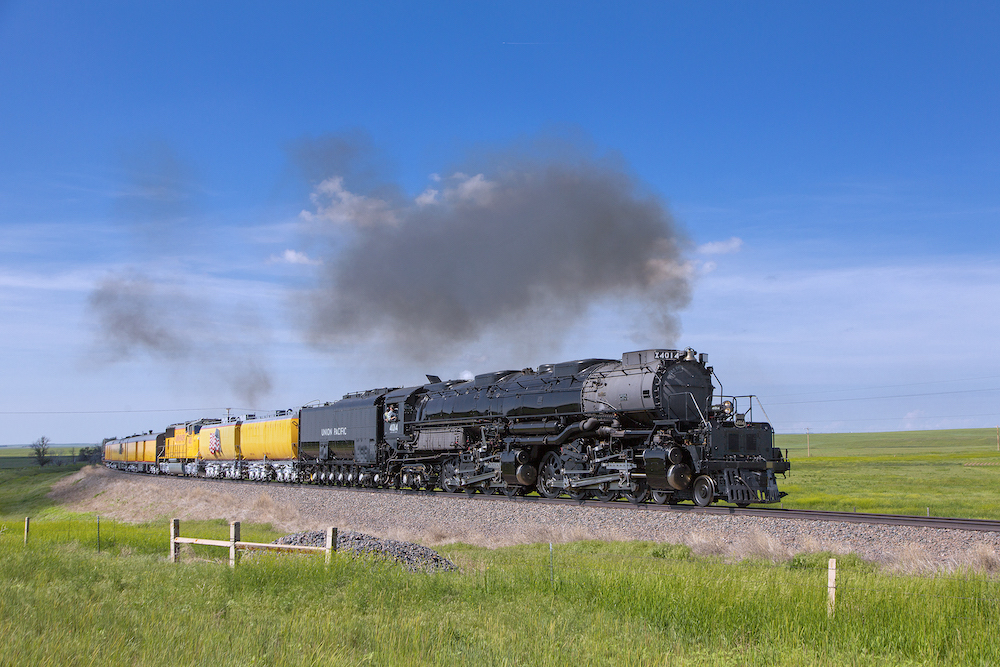
Q. Union Pacific has maintained a steam program since the railroad dieselized. What’s your view of the role of the steam program and its future?
A. You know what the coolest thing about the railroads in general is? It’s the history. And Union Pacific was created when President Lincoln signed the Pacific Railway Act in 1862. Union Pacific has built on our history, and I think our history needs to be celebrated. And that Big Boy locomotive? I love it. It’s a wonderful way to represent who we are, where we came from, and understand what technology does. There was a reason why the diesels came in and we’re able to change. But it is a wonderful symbol of who we are. And I’m going to bring it out next year and we’re going to use it for people to understand and learn more about Union Pacific. It will be part of our employee days, where the employees get to bring their families and are able to go jump on that thing and see how big it is. So I’m excited about having it. And I’ve got no plans to do anything about it but to use it more than we did in the right ways.







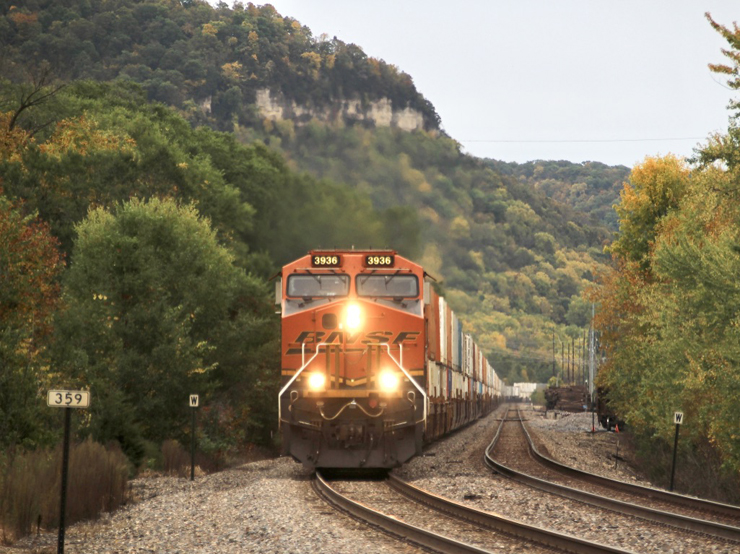
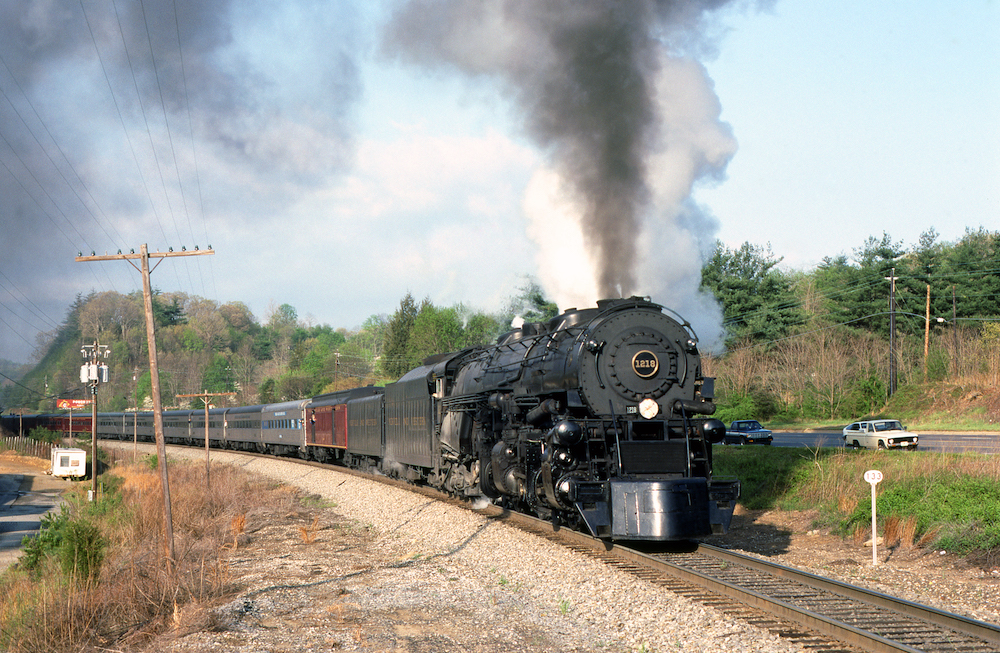
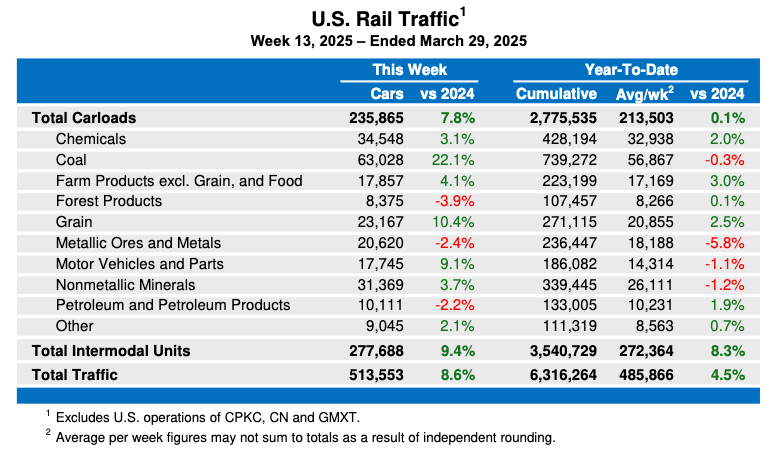




Having spent many nights west bound from Omaha to North Platte at 30 mph cause UP would not let us run all our locomotives for “fuel conservation”… Jimmy made me chuckle!! Lynn Sass 42 yrs. Locomotive Engineer
Overall, Vena’s appointment as CEO seems to be a positive development for Union Pacific. He is a seasoned rail executive with a proven track record of success. His appointment could help the company improve its operational performance and achieve its long-term goals.
Dr. Güntürk Üstün
Tom Stamey wrote, ” In fairness, give him a year and see what happens…” I suggest we do that. If things are headed in the right direction, then give him a break. If not then he deserves to be piled on like every other CEO in railroading. He won’t be at UP long unless they gave him a timed contract seeing how he turn 65 this year. So if he is going to turn things around, he needs to put the pedal to the medal because a lot of customers of railroads are out of patience with the poor service of the last several years and the seemingly lack of commitment to safety through talking points instead of action.
There is an old Christian hymn that says, “the time is far spent. there is little remaining…” For railroads that is an apropos statement. CEO’s and Board Chairman’s alike… Quit talking and start doing. As an old friend said, “Talk is cheap, but it takes a lot of work to buy Whiskey!” Get to work!
Actually he mostly pretty much dodged the questions about stakeholders and employees. Plus ca plus change.
Excuse me but, I had to snicker when I read him say UP is a 70 mph railroad. It is true that the track is mostly well maintained but, I’ve talked to engineers and asked a simple question: ” do you run track speed?” The answer I get is hardly ever and when asked why I am told the quality of our engines is rarely good enough to do that plus fuel conservation is primary. And this is an area where you would think “peddle to the metal”. True in Arizona and New Mexico I have seen some trains hi-balling but a guess would be less than 10- 20% of them.
When reading about furloughs even my slow brain beat him to it saying it was a management decision even though he tried to soft peddle it. In fairness, give him a year and see what happens but, his reputation preceeds him as a cost cutter PSR man..
“So taking 24 hours out of the schedule…” Kneiling used to point out RR Execs can think only in terms of days rather than hours or minutes.
How are we to take Vena seriously when he was basically “appointed” by a hedge fund after retirement ala Harrison? When he left UP as COO his compensation was $5,801,030. Obviously his compensation as CEO will exceed Fritz’s of $15,018,400. He needs to own a private jet, I suppose.
Compensation is based on satisfying his hedge fund masters. The only way to accomplish that with the PSR model is to cut, cut, cut. He has proven himself as a cut-meister at both UP & CN. He has proven he knows how to dig holes in service quality and abuse the workforce.
Vena pretends to be aware and concerned about the abused railroad workforce. He pretends that “technology” will provide for safe operations. I knew plenty of guys at Conrail that started in the ranks and moved to management. They NEVER looked back. How many collisions, deaths and injuries have occurred on his watch because of fatigued operating employees? How has public safety been compromised by these PSR demons? The answer is simple; if the hedge funds get their returns, then the costs associated with poor safety are just a “cost of doing business”, like the Ford Pinto or Boeing 737Max. Legal settlements are tax deductible, as Norfolk Southern. These guys do not care as long as they stock options are in the money.
Why wasn’t he asked about capital spending for capacity additions, opposed to replacing work out plant? Surely he will not spend on benefits beyond the next few quarters. No railroad executives do.
The public be dam*ed.
How about a list of freight railroads which were built and exist without either stockolders or executives? Also, how about a list of freight railroads which operate as not-for-profit charities?